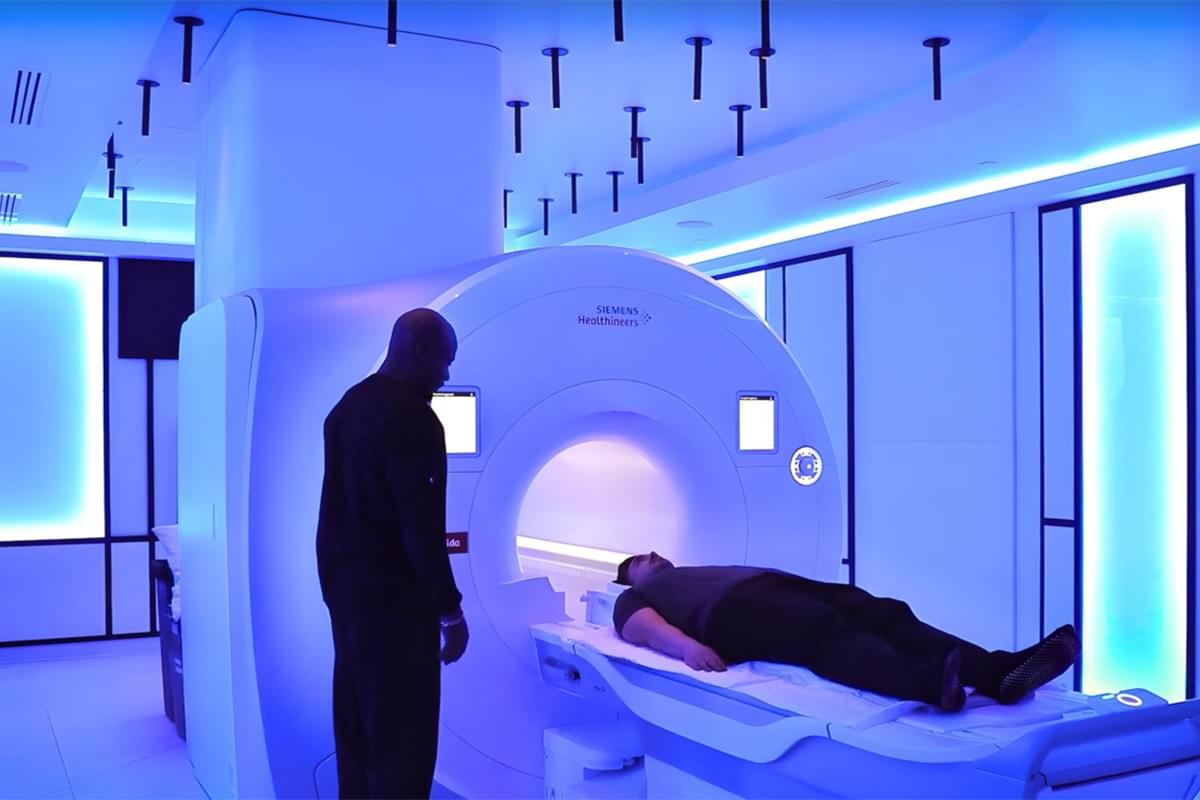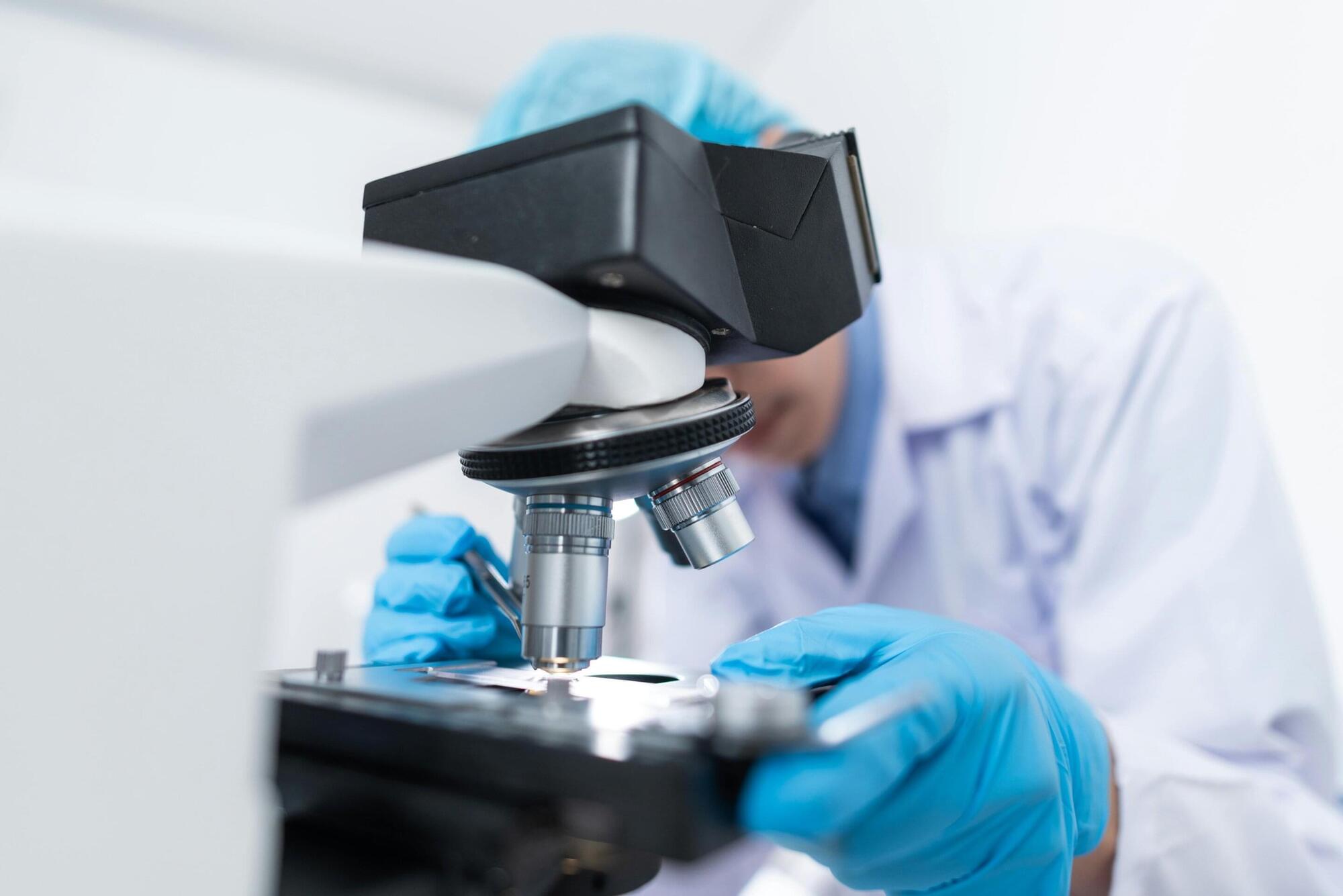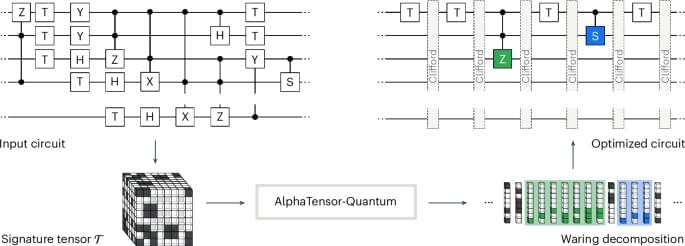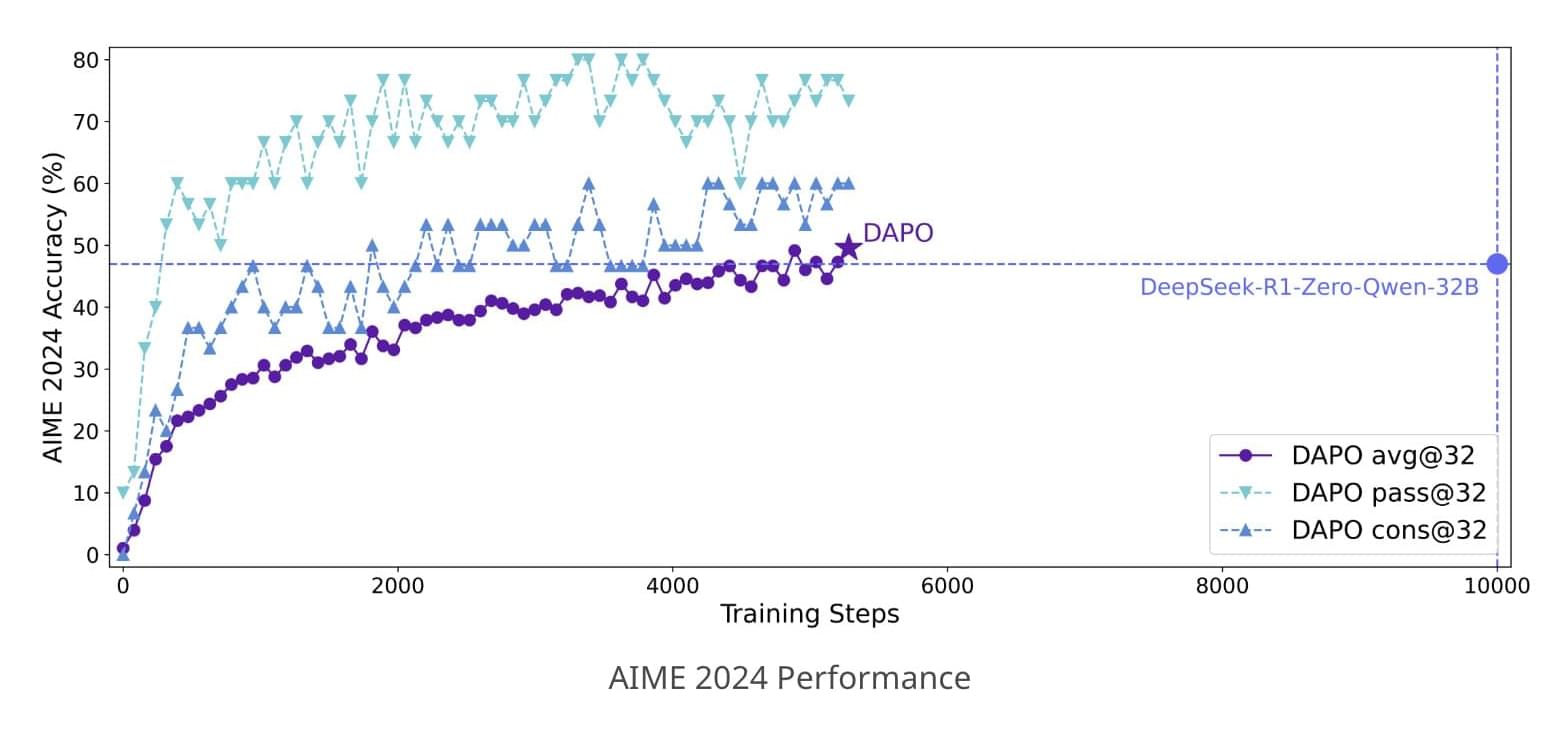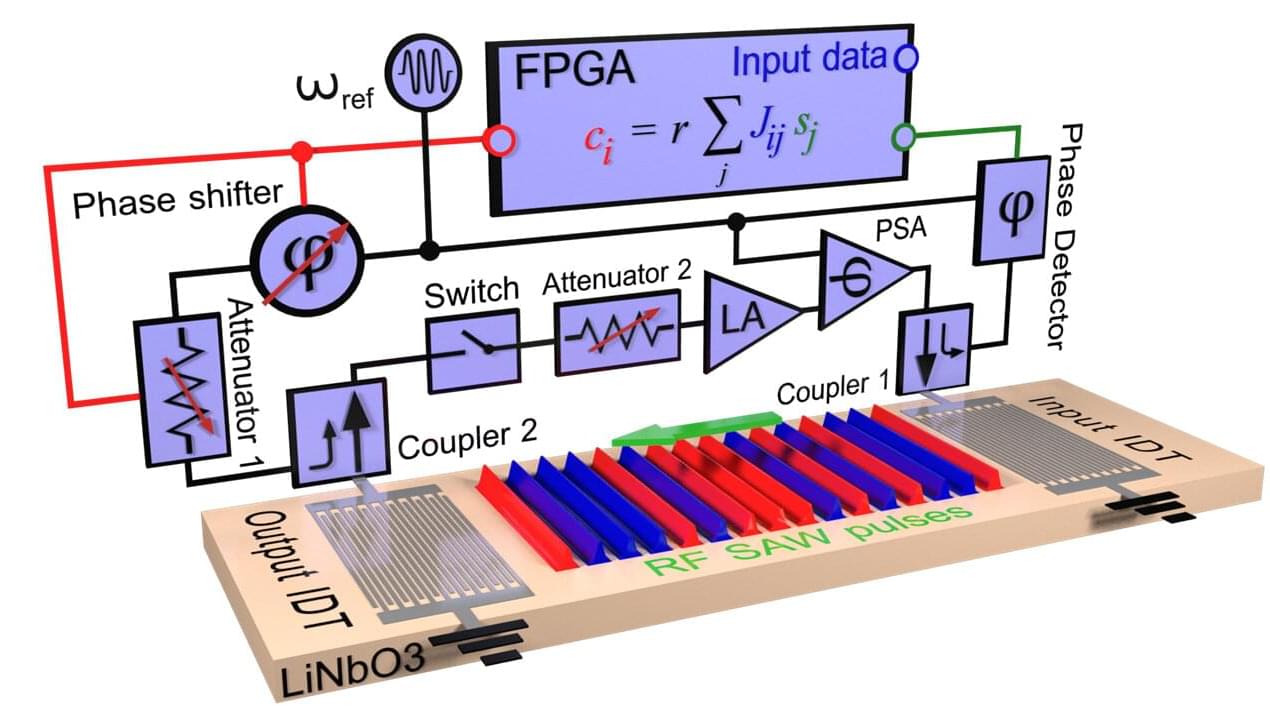In an unprecedented move, precision medicine provider Human Longevity, Inc. (HLI) has effectively guaranteed its Executive Health Program members that it will prevent them from developing late stage prostate cancer. Such is the company’s belief in its preventive approach, it has announced it is committing $1 million for advanced treatment of any member diagnosed with stage four of the disease or higher while under its care.
Founded in 2013 by genomics pioneer Dr J Craig Venter, San Francisco-based Human Longevity Inc. (HLI) aims to extend human health and performance beyond the traditional focus on treating illness. By continuously analyzing health data from its clients, HLI seeks to identify potential health risks – such as prostate cancer – early, enabling targeted interventions to extend both healthspan and lifespan.
Leveraging data collected from more than 5,000 men over the past decade, HLI claims it has developed what it believes to be the most advanced algorithm for early prostate cancer detection. As preventive medicine continues to demonstrate its capacity to mitigate previously life-threatening conditions, will we see commitments of this nature emerging for more diseases?
